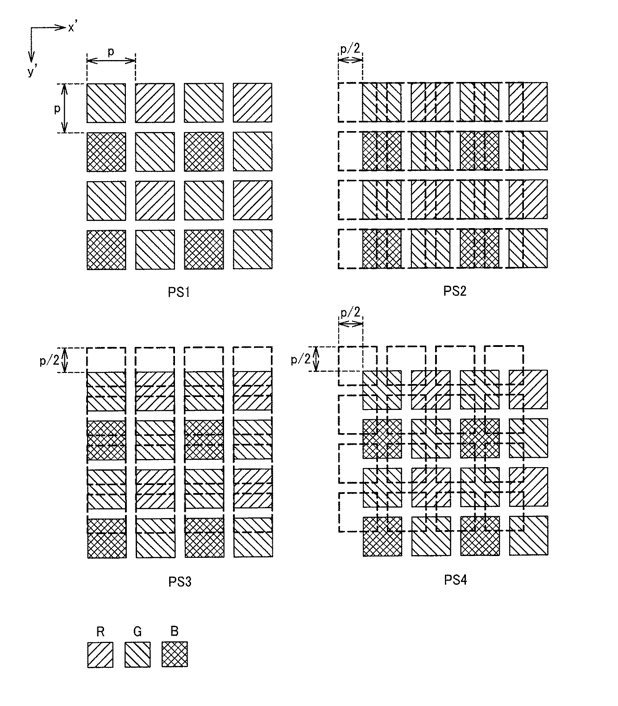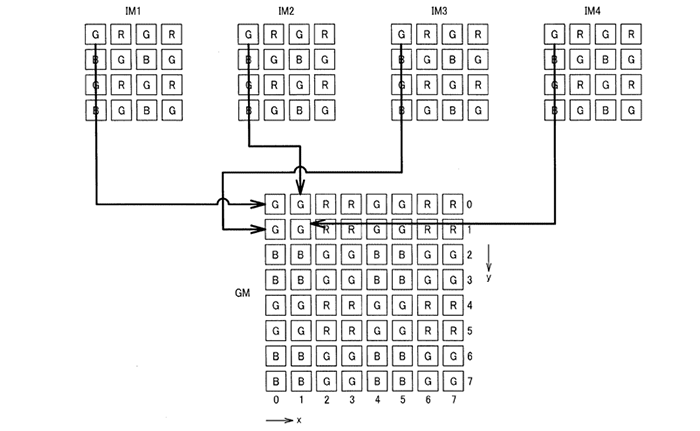Photography
Related: About this forumOlympus might have a game changer: Sensor Shift technology.
Yes, Hasselblad uses it, but Olympus will be using it for consumer level cameras.
http://www.43rumors.com/japanese-olympus-patent-shows-e-m5ii-new-sensor-shift-tech/


groundloop
(11,519 posts)In reading through the linked article, if I'm understanding correctly, this technology serves to greatly improve the signal to noise ratio (reduces noise) and effectively increases definition. The downside is that it takes several exposures to do this, and that the camera AND subject must be perfectly still throughout those exposures.
In any case it's an interesting technology. If they can make it happen all electronically without the need for a conventional shutter I could see it being a big deal.
alfredo
(60,074 posts)Landscapes, architecture, and studio work would be the best application.
flamin lib
(14,559 posts)The result of 6-10 exposures superimposed on each other. Like HDR the images have to be identical (or very near so), so both the camera and the subject must be immobile. Things like branches moving in the wind or pedestrians will appear as ghost images. The technology was developed by Hasselblad to give an effective 200 mpxl image off their 6x6 centimeter digital back. Olympus is using the 5 axis IS technology to accomplish the shift. Because the sensor is effectively suspended in an electromagnetic field to allow the camera to move around it for image stabilization it was a no brainer to force the sensor to shift for a burst of 10 exposures.
This will make a camera as small as the OM D a genuine commercial grade studio camera good enough for product photography to be placed in glossy magazines, a place still relegated to large format cameras.
It makes my head hurt to think of the IS and pixel shift technology happening at the same time . . .
alfredo
(60,074 posts)I can't wait to see how it works in the real world.
Fumesucker
(45,851 posts)I routinely get forty megapixel images out of a ten megapixel sensor with 2x drizzle and the program I use has a 3x drizzle available but the optics I have are woefully unworthy of ninety megapixel images.
Build stacking and drizzling into the camera and design the firmware around it and they should work even better. It's not going to take long to move the sensor the width of a single pixel, the entire multi exposure process should be imperceptible to the user in all but low light conditions. Since the process lowers noise as well as raising resolution it's possible to underexpose a bit and trade off s/n ratio for pushing the sensor another stop or two. Underexposing also helps to keep from blowing out the highlights, something it's really difficult to do much about later in the digital manipulation process
alfredo
(60,074 posts)new sensor technology. They had to up their game to utilize the enhanced resolution.
jmowreader
(50,560 posts)The real "game changer" would be a beamsplitter camera that works with normal SLR lenses. Most full-page "product photography in glossy magaxines" has a person in the frame. Lancome is a good example; their ads contain a full-page photo of a woman wearing the product, and a 2"x2" photo of the product itself. (Lancome makes cosmetics and fragrances.) Any good digital camera can shoot the product now, and this new Olympus can't do the photo of the model.
A beamsplitter is a device that directs light from the lens onto multiple sensors, each filtered with a Wratten gel rather than a bayer array...three 18mp sensors set up to shoot only red, only green and only blue would give a one-shot 54mp camera...which would be a game changer. It would probably look like a Hasselblad 500EL or Rollei 6006, but as long as it sold for only about $6000 people would buy it - they buy $6000 digital cameras with bayer sensors now, and this would be better.
alfredo
(60,074 posts)around the limits of the 4/3 sensor. All crop sensors will have to face that eventually.
For my self, I don't print over 8X10, so I don't need full frame or a sensor over 16mp.
Fumesucker
(45,851 posts)Video cameras have been doing the three sensor thing for quite a while but the entire optical path is designed specifically to allow enough room for the beamsplitters and sensors behind the lens.
Trying to maintain backward compatibility with the vast catalog of existing SLR lenses limits what you can do in the sensor department.
It's brilliant that Olympus has come up with a system that allows image stabilization with older lenses, now they are leveraging that technology into getting more resolution and greater bit depth.
Most serious SLR photographers have considerably more money invested in lenses than in the camera body, a body that can make better use of the lenses you already have is a good marketing move on the part of Olympus.
sir pball
(4,743 posts)Not as much of a problem with today's sensors, they perform quite well at higher ISOs, but for the no doubt uncompromed quality that you'd expect from such a setup you'd still have the sensor at 50-100 and would need a ton of light. Then again, any beamsplitting setup would pretty much be studio-bound so that wouldn't be as much of an issue. The color correction in the lens would be paramount too.
FWIW, Foveon's X12 sensors do basically the same thing by stacking an R G and B sensor on each physical pixel and allowing light leakage through the first two layers, to get a true color value for every pixel. Apparently it's worse at high ISOs, and can be a touch fuzzy with very good glass due to the thicker image "plane", but them's the breaks.